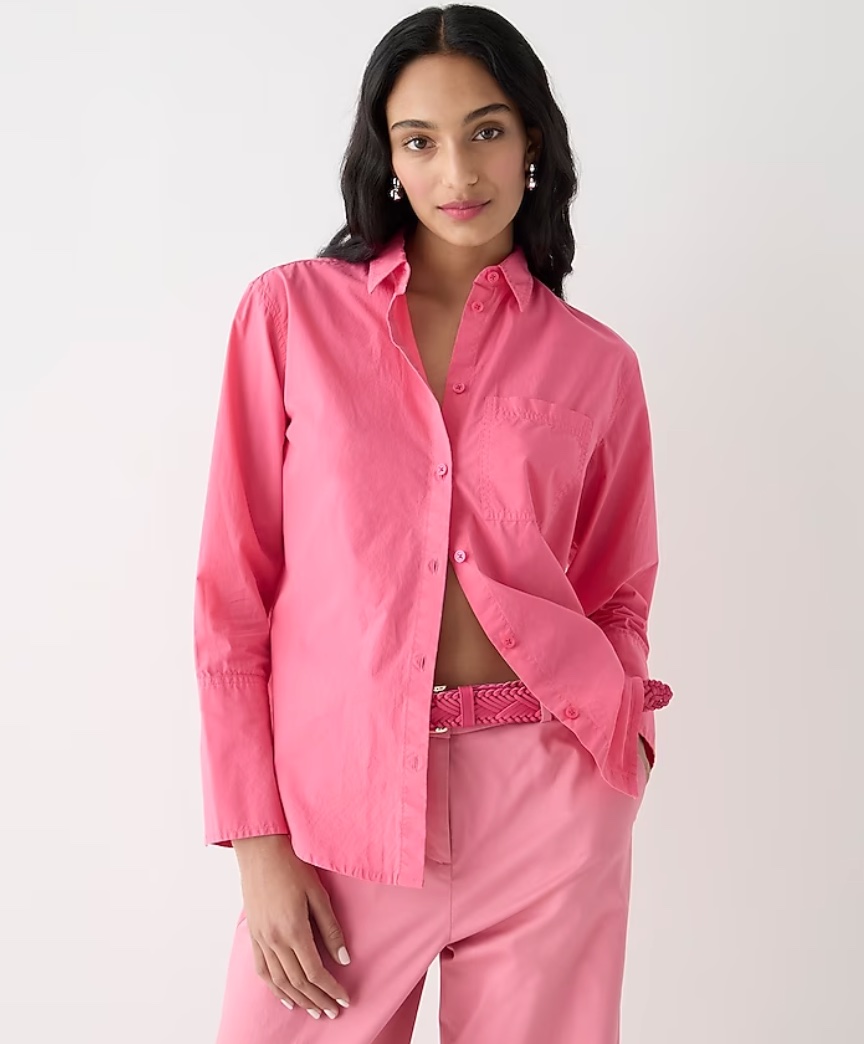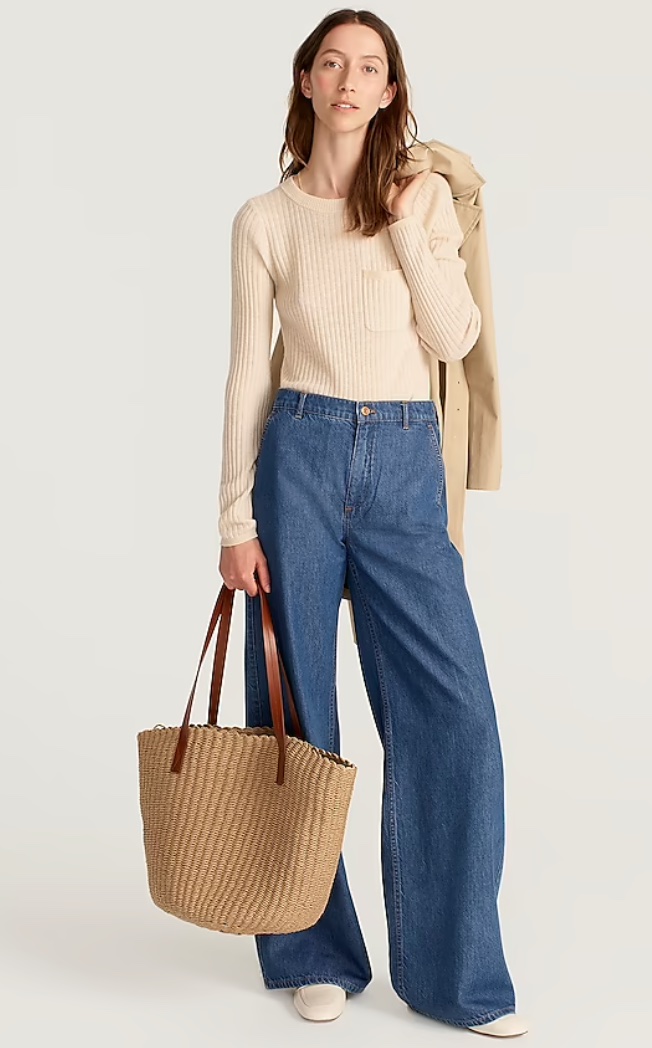There's a New Book on J.Crew, and It's So Juicy

Welcome to our podcast, Who What Wear With Hillary Kerr. Think of it as your direct line to the designers, stylists, beauty experts, editors, and tastemakers who are shaping the fashion-and-beauty world. Subscribe to Who What Wear With Hillary Kerr on Apple Podcasts and Spotify.
From Abercrombie & Fitch to Gap, everyone loves a good mall-brand comeback story. Journalist and co-editor of The Spread's cult newsletter on women’s media, Maggie Bullock, dug into one of those stories for her latest project: J.Crew. Bullock's new book, The Kingdom of Prep: The Inside Story of the Rise and (Near) Fall of J.Crew, details how the brand rose to popularity and nearly went out of business. "Even to a consumer who was not following the business pages, it was very obvious that something had gone terribly awry at this brand," Bullock said. "You didn't want anything when you went into the store."
After filing for bankruptcy, J.Crew was able to transform its business. With new hires—such as Olympia Gayot, head of women's and kid's design—the brand has reinvented itself and reestablished its cult-like following. For the latest episode of Who What Wear With Hillary Kerr, Bullock shares how an article she wrote in 2019 about J.Crew led to a book deal, her predictions for the brand, and more.
For excerpts from their conversation, scroll below, but for all the juicy details, be sure to tune in.
Can you walk me through a little bit about the backstory of that article and how it led you to a book?
I would say that the story of that article is neatly summed up by the title of the article, which was "J. Who?" At the time, the company was just lost. It had been this sort of unimpeachable American brand during the Obama era, and then it really held that status for a long time. By 2019 when I wrote that story, it was… Remember when you would go in and everything seemed to be like on a fire sale? You'd be like, "What is this random assortment of stuff?" What happened to this brand that was once just so clearly in lockstep? J.Crew, for years, had the tightest branding and image, and you just knew exactly what it was. You knew exactly what you would find there, yet they kept surprising you.
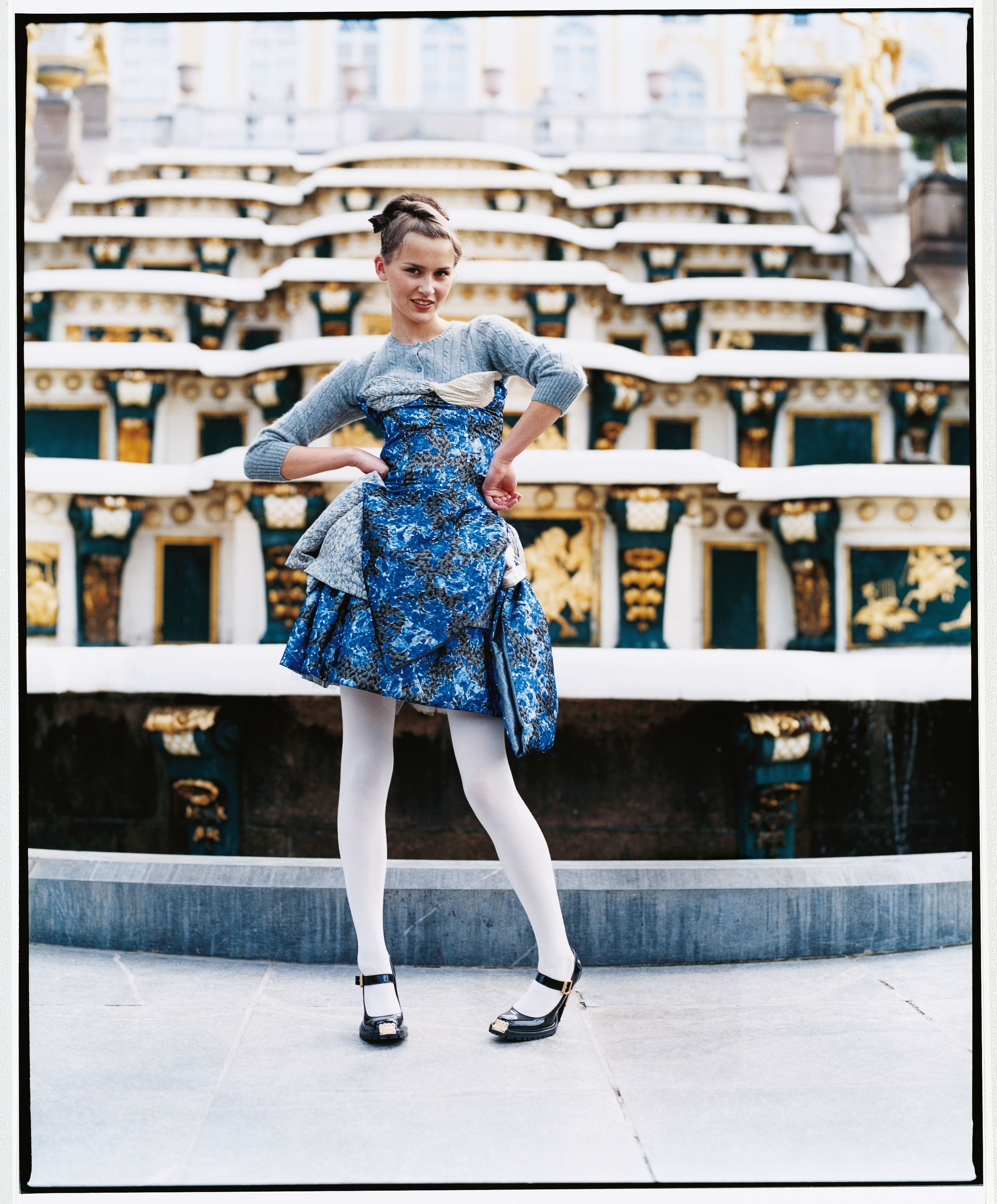
There was a point at which none of those things were happening. Even to a consumer who was not following the business pages, it was very obvious that something had gone terribly awry at this brand. You didn't want anything when you went into the store. So that was my assignment to dig into that. They had recently been through major upheavals in these longtime executives who will be familiar to many of your listeners. Mickey Drexler had left—he was the longtime CEO. Jenna Lyons had left. She was the persona. She was the avatar of J.Crew in addition to being its creative drive. In the course of reporting that, I was like, "Oh, there's so much more of this story. There's just a lot more here." It's actually a richer story than I knew and a richer story than I had room to tell in one article.
There is such an extensive and amazing amount of research in this book. That's part of what makes it so delicious. What was that part of the process like for you, and how long did it take?
It was hard work, but I always think of it as closely mirroring the global pandemic because the timing of this for me in my own life was just uncanny. I sold the book proposal in late January 2020. Then my family went on vacation. While we're on vacation, everything shut down. By the time we got back from vacation, we had no childcare, and I had to start the biggest project of my career.

Now, the book is out March 2023, and that's exactly three years. I would say two of those years were spent writing, researching, [and] revising with some little breaks in the middle. I basically did it in two hunks because J.Crew has two hunks. There's the era of the founders, from 1983 to roughly a little after 2000, and then there's the era of Jenna and Mickey that takes you up to 2017 and a little bit beyond. I spoke with about 100 people, and a lot of those people were industry experts, photographers, and they didn't all work for J.Crew, but the vast majority of them did.
The title says doesn't say "fall." It says "near fall of J.Crew." I'm wondering what you thought the saving graces were when you were reporting things out, and now as we stand here in 2023, how do you think that's going?
Okay—I, too, have been shopping J.Crew. In fact, there's a little baggie on my bed in the other room that has a pair of jeans that I bought because Olympia [Gayot] was wearing them on Instagram. I feel like what really saved the company has nothing to do with the trends and the people who are working there. It has to do with the fact that they refinanced after going bankrupt. They got out from under that debt. That's the number one thing. That's why they still exist today. It's why they have the freedom to reinvest in these new designers and these new designs that we're all liking. … They're not servicing this insane debt. They hired some really great people, and I think the clothes are good.
This interview has been edited and condensed for clarity. Next up, check out our previous episode featuring Storm Reid.
-
 How Diotima Designer Rachel Scott Launched Her Own Line
How Diotima Designer Rachel Scott Launched Her Own LineFrom designing her looks for high school parties to winning the LVMH Prize.
-
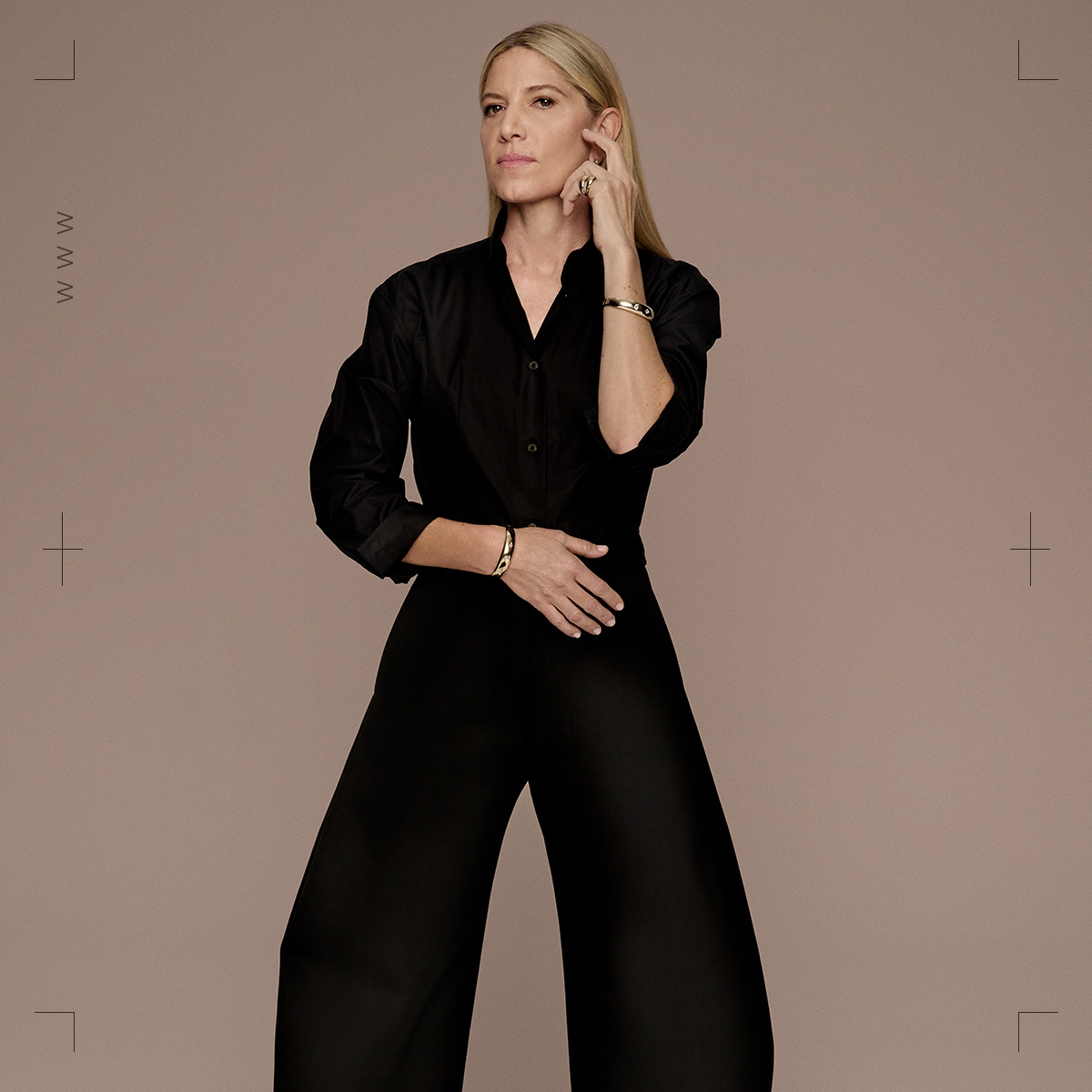 Emma Stone's Stylist, Petra Flannery, Talks All Things Award Season
Emma Stone's Stylist, Petra Flannery, Talks All Things Award SeasonShe shares the behind-the-scenes details of the actress's looks.
-
 How Zac Posen’s Costumes Brought the Black and White Ball to Life in FX's Feud
How Zac Posen’s Costumes Brought the Black and White Ball to Life in FX's FeudReimagining Capote's infamous party.
-
 How Tibi's Founder Came Up With Her Signature Style Phrase
How Tibi's Founder Came Up With Her Signature Style PhraseEnter creative pragmatism.
-
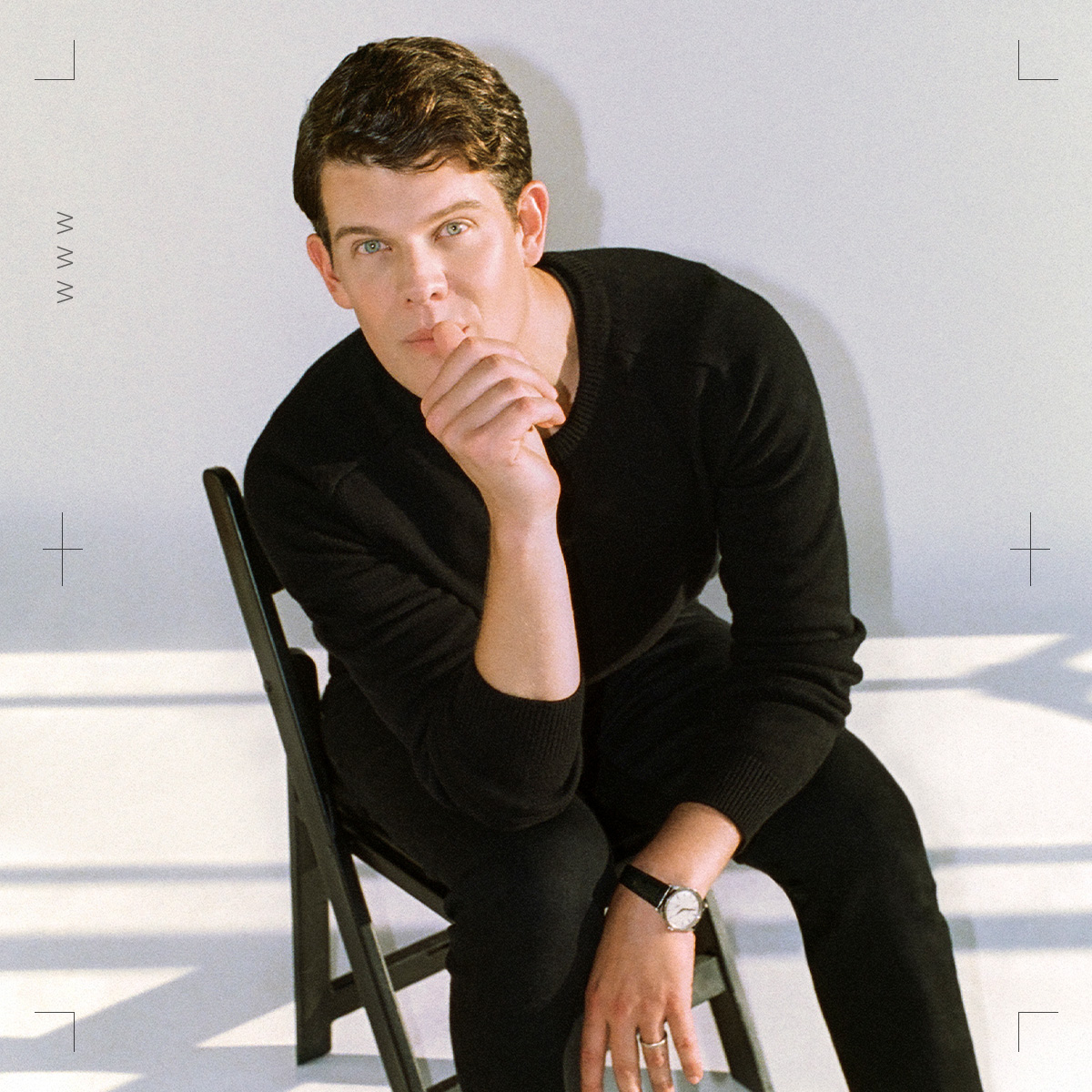 How Wes Gordon Landed His Role at Carolina Herrera
How Wes Gordon Landed His Role at Carolina HerreraPlus, his styling tips for adding more color to your wardrobe.
-
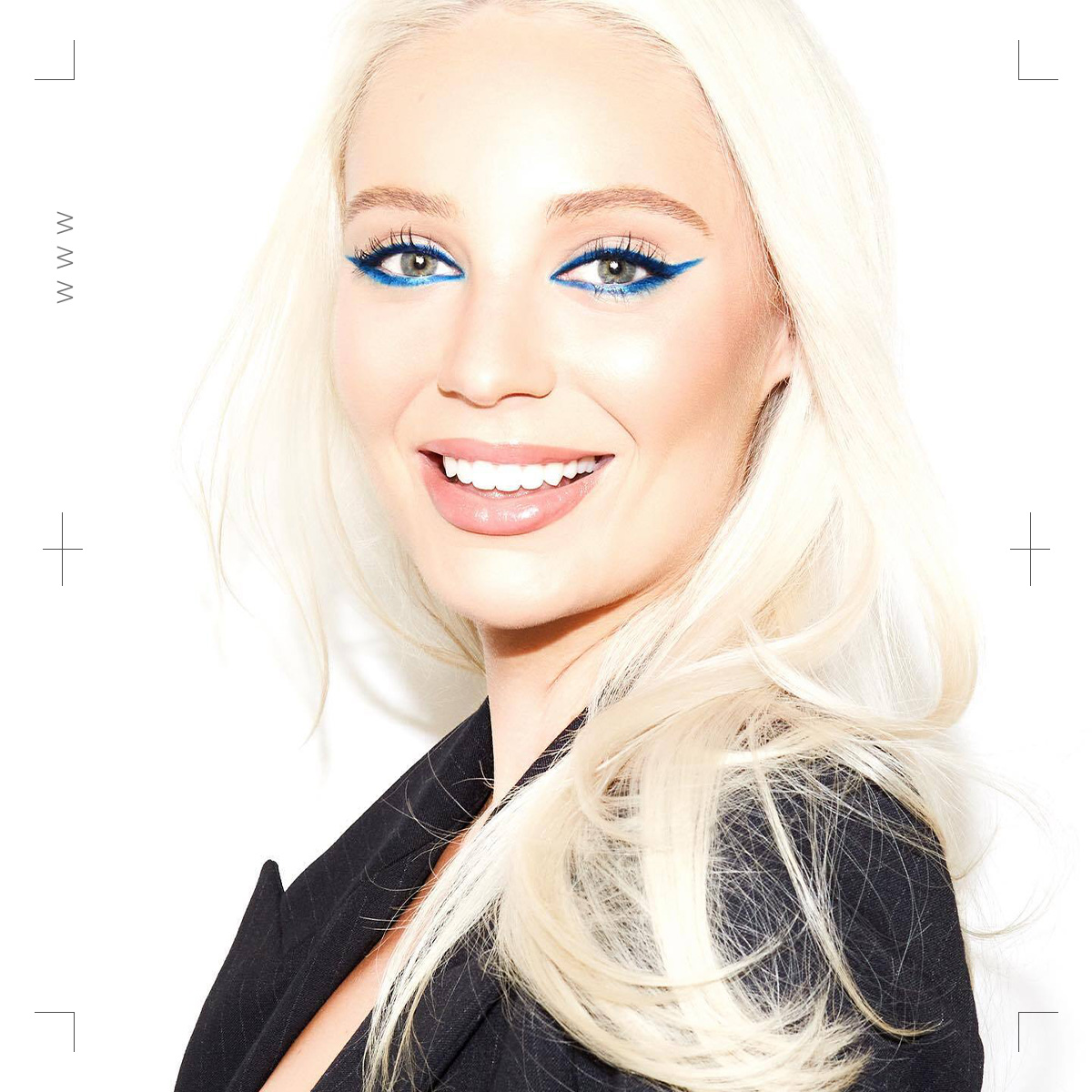 Here Are the Top Skincare and Makeup Products to Invest In This Year
Here Are the Top Skincare and Makeup Products to Invest In This YearIt's time for a beauty reset.
-
 The Cult Gaia Founder Shares What She's Wearing This Holiday Season
The Cult Gaia Founder Shares What She's Wearing This Holiday SeasonIt's all about pearls and fringe.
-
 The Jewelry Pieces to Invest In, According to Expert Will Kahn
The Jewelry Pieces to Invest In, According to Expert Will KahnDiamonds really are forever.
